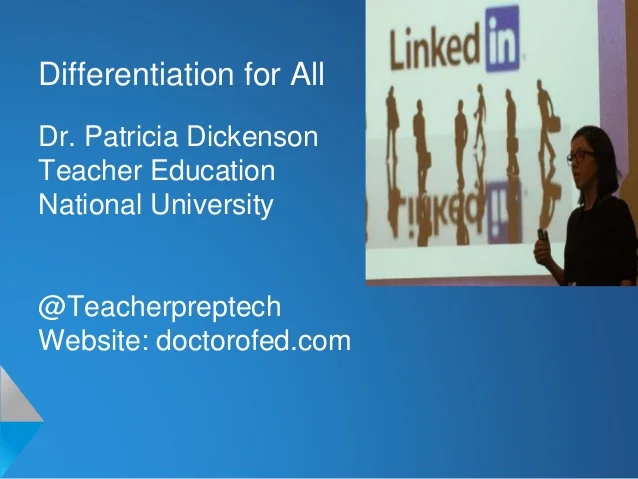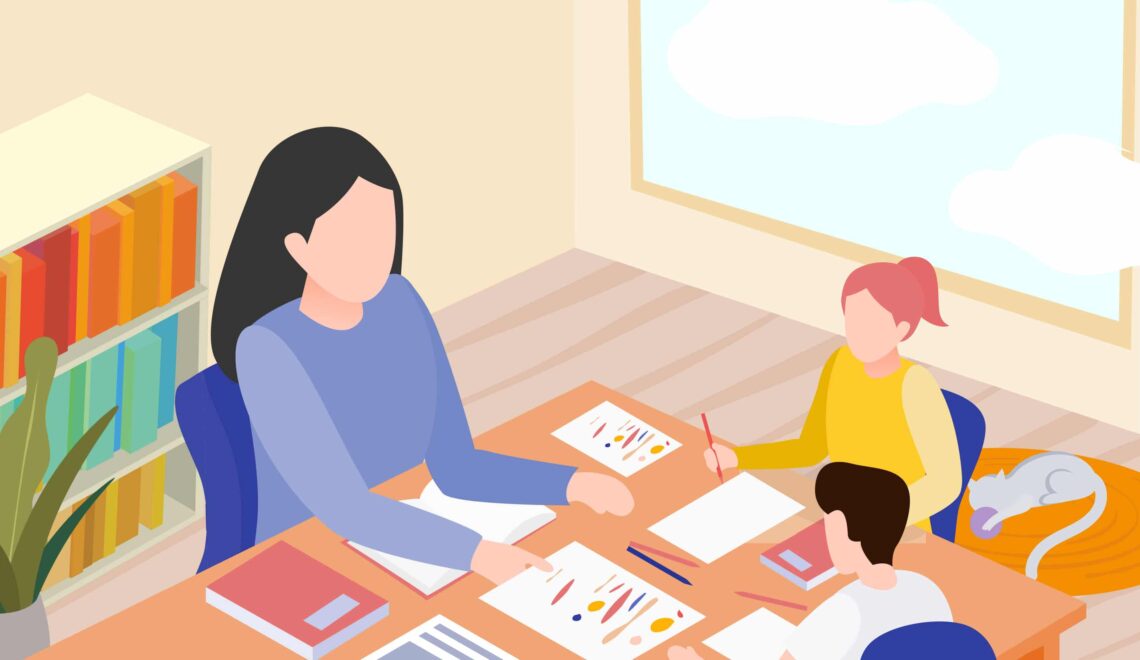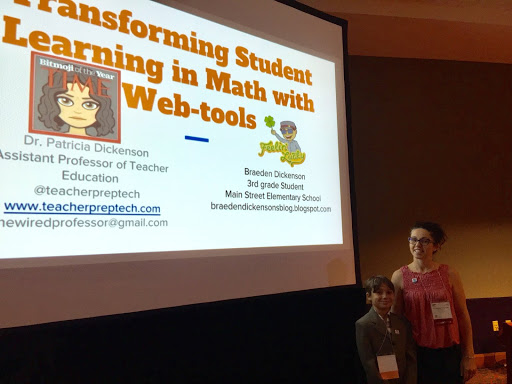
Unpacking Differentiation
I love the notion of differentiation but putting it into practice is not intuitive. We tend to teach the way we were taught and I am sure that most of us were taught by teachers who stood at the front of the room in a “stand and deliver” manner. We know now from a cognitive perspective that students need multiple representations and opportunities to learn and express their knowledge. So stand and deliver may have its place but should not be the only space that occupies classroom instruction. So what is differentiation and how do we reach all learners? Diane Ravitch defines differentiating instruction as a form of instruction that seeks to “maximize each student’s growth by recognizing that students have different ways of learning, different interests, and different ways of responding to instruction”. From this perspective we can view differentiation through a sociocultural framework in which all learners receive instruction that is tailored to their individual needs, cultural background, strengths and areas for growth. So if we are going to reach ALL learners we need to differentiate. Vygotsky would call this “scaffolding”. What are the conditions we need to create to help students transform AND learn in their zone of proximal development? In this presentation I unpack Carol Tomilson’s work on Differentiation in which she distinguishes differentiation in the CONTENT, PROCESS, and PRODUCT of what we do in classroom instruction.
Differentiation from Patricia Wadman







